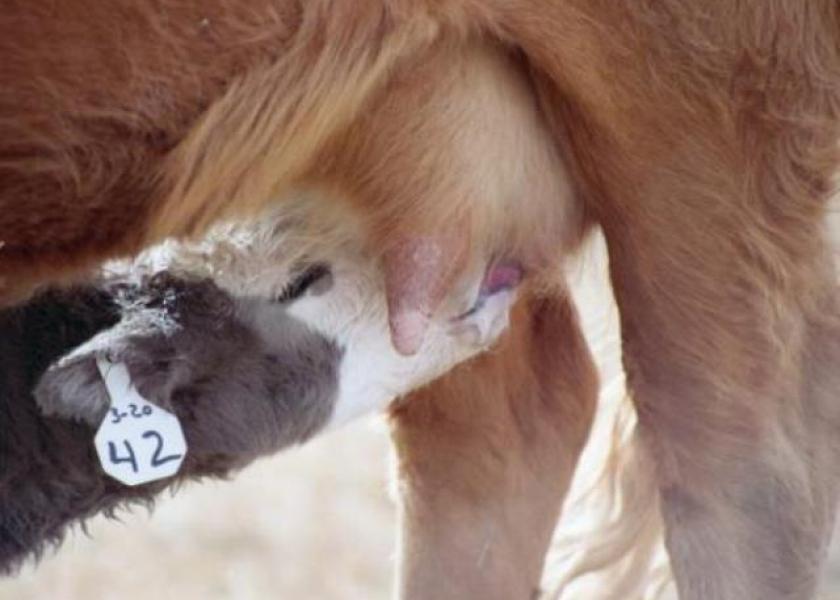Consider the Cost: Deciding When to Re-treat Calves for BRD

When it comes to bovine respiratory disease (BRD), deciding whether to re-treat a calf can be a tough call to make.
“It’s a gut-wrenching situation when you’ve treated a calf and it doesn’t seem to be responding to your best effort,” notes John Davidson, DVM, Boehringer Ingelheim.
Every re-treatment not only puts additional stress on calves, but it also reduces profit margins due to the additional medicine and labor costs. On the other hand, waiting too long to re-treat calves that do need an additional dose can increase the number of sick calves.
The decision to re-treat
If you feel the need to re-treat, it is possible that the treatment was not successful, however, it’s also very possible that the antibiotic was not given enough time to complete its job. Consider the time it takes for your own health to improve after starting a new medication or treatment.
“Much like we see with our families and children, it can take a few days for calves to start feeling better after starting an antibiotic,” says Dr. Davidson. “Some treated calves can appear to feel better later the same day, or the next morning. For others, it may take closer to a week before you see any noticeable improvement.”
If you’re trying to decide whether a sick calf needs another treatment, determine the appropriate post-treatment interval (PTI), Davidson advises. He defines that as “the time after a treatment is administered before a re-treatment should be administered.”
A recent trial found that a six- to nine-day PTI resulted in the best health outcomes for calves infected with BRD.1 Depending on the specific product and circumstances, the ideal PTI for the (animal or operation) might be shorter than six days or longer than nine.
Downfalls of re-treating for BRD too soon
Although the decision to re-treat for BRD is based on good intentions, prematurely re-treating can cost both the producer and the calf.
For calves, the price is undue stress coming from the change in their usual rhythm, and the strain of going through an unnecessary treatment. For producers, prematurely re-treating can be costly in many ways.
“It’s costing financially and it’s costing time. You’re working harder, and if you are treating a calf that doesn’t need to be re-treated, those dollars and time could be better spent elsewhere,” says Dr. Davidson. “The one resource that’s most scarce is our time.”
Judicious antibiotic use is an important part of this conversation as well. “If we’re treating a calf unnecessarily with an additional antibiotic, then it’s not judicious use, and it’s going to have a long-term impact on the availability of antibiotics in the future,” adds Dr. Davidson.
Establishing a protocol that works
Good animal husbandry and management practices are extremely important to increase your chances of first-treatment success and avoid the need for re-treatment. “Focusing on nutrition and the transition through the weaning process can do more for calf health than we could ever fix through an antibiotic,” Dr. Davidson says.
If an antibiotic treatment is warranted, it’s crucial to choose a product that best fits your herd’s needs. Dr. Davidson recommends selecting an antibiotic that has broad-spectrum coverage against the the major BRD causing pathogens: Mannheimia haemolytica, Pasteurella multocida, Histophilus somni and Mycoplasma bovis. In addition, the treatment should be proven to get to the lungs (the site of the infection) quickly, and last up to 10 days.







